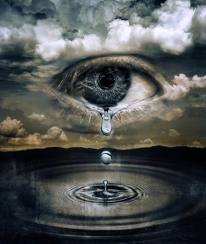Blog
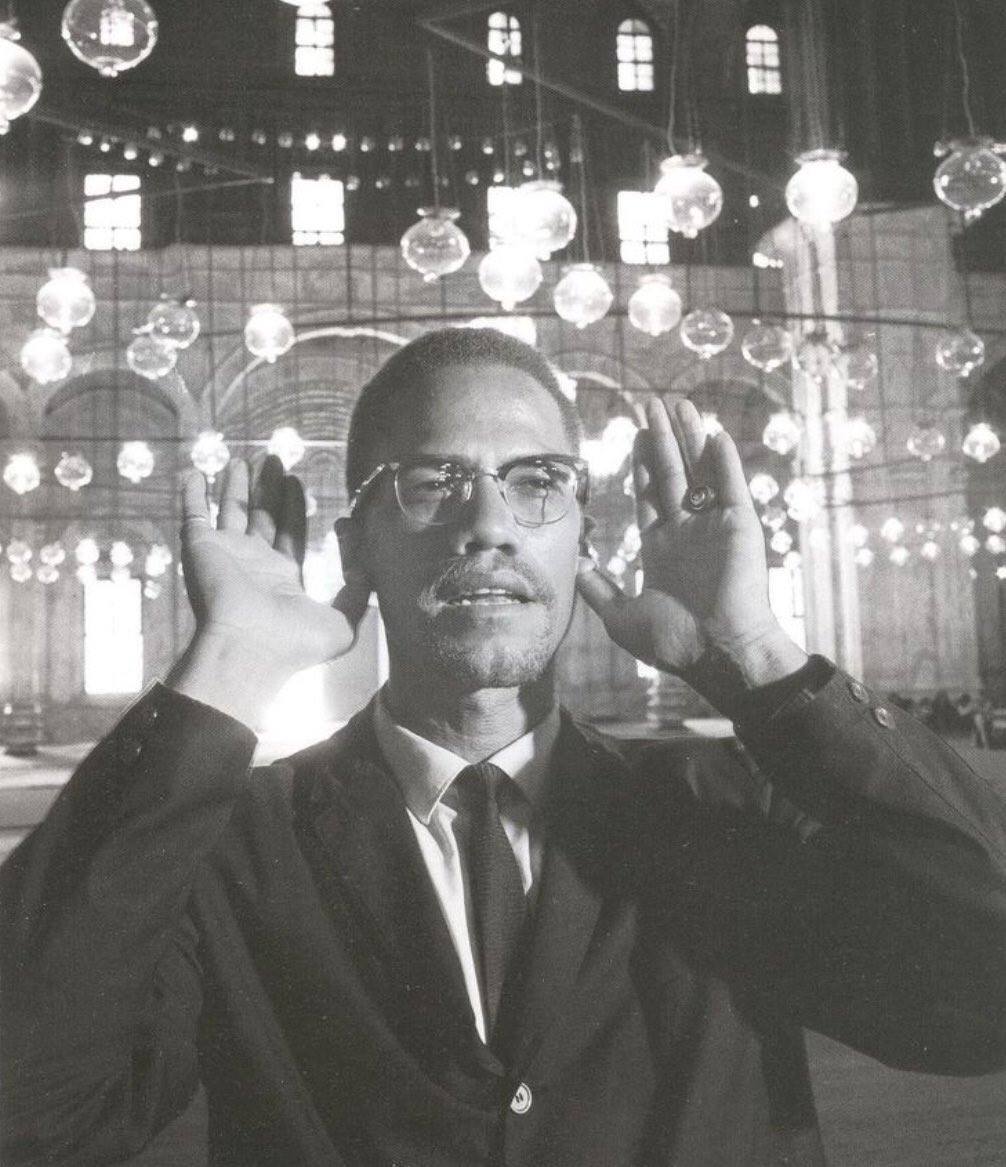
Messier 77 (M77), also known as NGC 1068 or the Squid Galaxy, is a barred spiral galaxy in the constellation Cetus. It is about 47 million light-years (14 Mpc) away from Earth. Messier 77 was discovered by Pierre Méchain in 1780, who originally described it as a nebula. Méchain then communicated his discovery to Charles Messier, who subsequently listed the object in his catalog.Both Messier and William Herschel described this galaxy as a star cluster. Today, however, the object is known to be a galaxy.
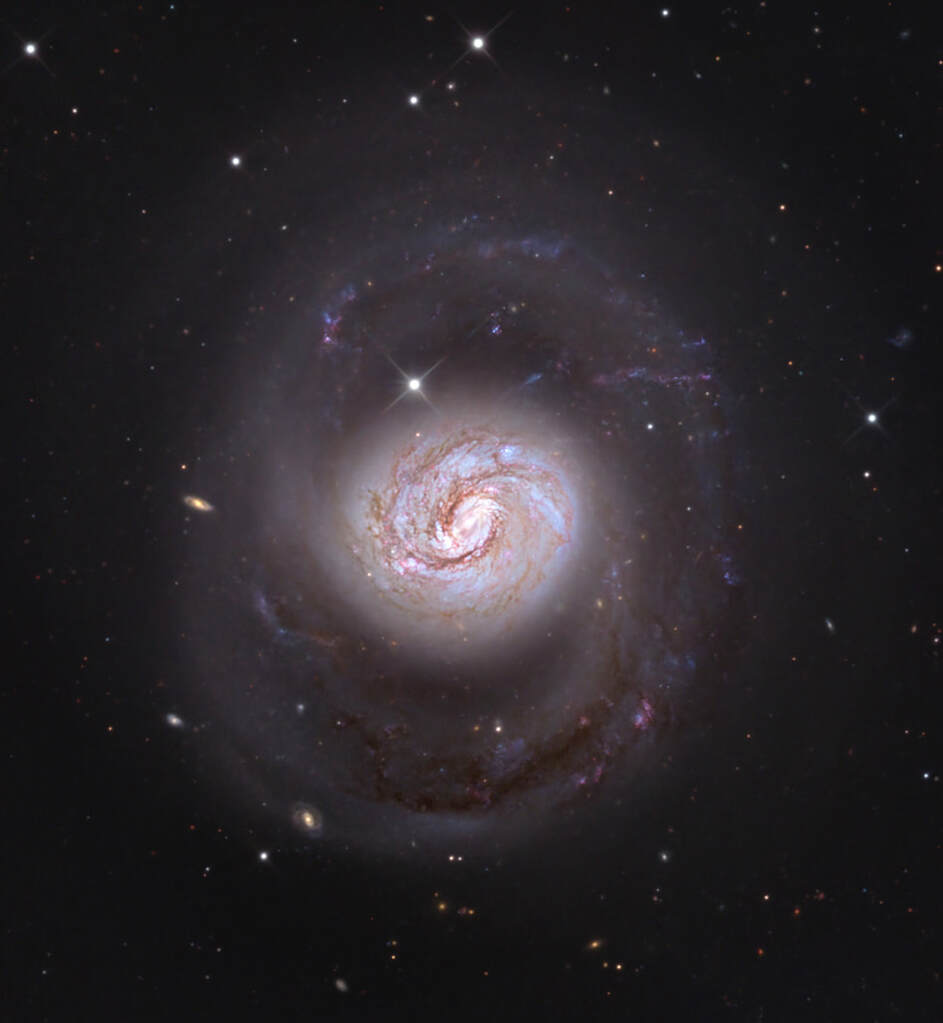
“Big Eye” Louis Nelson Delisle (January 28, 1885 – August 20, 1949) was an American early twentieth-century Dixieland jazz clarinetist in New Orleans, Louisiana, United States. He also played double bass, banjo, and accordion.
Nelson Delisle was born into a family who were Creoles of color. He spent most of his life in New Orleans, Louisiana. He studied clarinet with the elder Lorenzo Tio.
more...Osbourne Ruddock (28 January 1941 – 6 February 1989), better known as King Tubby, was a Jamaican sound engineer who influenced the development of dub in the 1960s and 1970s.
Tubby’s studio work, which saw him elevate the role of the mixing engineer to a creative fame previously only reserved for composers and musicians, would prove to be influential across many genres of popular music. He is often cited as the inventor of the concept of the remix that later became ubiquitous in dance and electronic music production. Singer Mikey Dread stated, “King Tubby truly understood sound in a scientific sense. He knew how the circuits worked and what the electrons did. That’s why he could do what he did”. King Tubby’s first interaction with the music industry came in the late 1950s with the rising popularity of Jamaican sound systems, which were to be found all over Kingston and which were developing into enterprising businesses. As a talented radio repairman, Tubby soon found himself in great demand by most of the major sound systems of Kingston, as the tropical weather of the Caribbean island (often combined with sabotage by rival sound system owners) led to malfunctions and equipment failure. Tubby owned an electrical repair shop on Drumalie Avenue, Kingston, that fixed televisions and radios. It was here that he built large amplifiers for the local sound systems. In 1961–62, he built his own radio transmitter and briefly ran a pirate radio station playing ska and rhythm and blues which he soon shut down when he heard that the police were looking for the perpetrators. Tubby eventually formed his own sound system, Tubby’s Hometown Hi-Fi, in 1958. It became a crowd favourite due to the high quality sound of his equipment, exclusive releases and Tubby’s own echo and reverb sound effects, at that point something of a novelty.The sound also launched the career of U-Roy, its featured toaster
King Tubby was shot dead on 6 February 1989, outside his home in Duhaney Park, Kingston, upon returning from a session at his Waterhouse studio. His untimely death was believed to be the outcome of a robbery.
more...Ronnie Scott OBE (born Ronald Schatt; 28 January 1927 – 23 December 1996) was a British jazztenor saxophonist and jazz club owner. He co-founded Ronnie Scott’s Jazz Club in London’s Sohodistrict, one of the world’s most popular jazz clubs, in 1959. Ronnie Scott was born in Aldgate, East London, into a Jewish family. His father, Joseph Schatt, was of Russian ancestry, and his mother Sylvia’s family attended the Portuguese synagogue in Alie Street. Scott attended the Central Foundation Boys’ School.
more...
It is located approximately 1° southwest of the central region of the Orion Nebula ; the star that illuminates it is the variable HD 36412, a white star of spectral class A7V, which is also an eclipsing variable and therefore also bears the variable star acronym EY Orionis. Its variation is between the ninth and tenth magnitude and has a total period of approximately 16.7 days. The light from this star gives the surrounding gases a bluish-white light.
With a parallax of 2.61 mas , which corresponds to a distance of 383 parsecs (1250 light years ), the nebula and the star associated with it would be physically located in the region of the Orion Molecular Nebula Complex , and in particular it is part of the same cloud complex that includes the region of ionized gases of the Orion Nebula, whose southwestern part branching in the direction of vdB 42 is known as the Extended Orion Nebula .
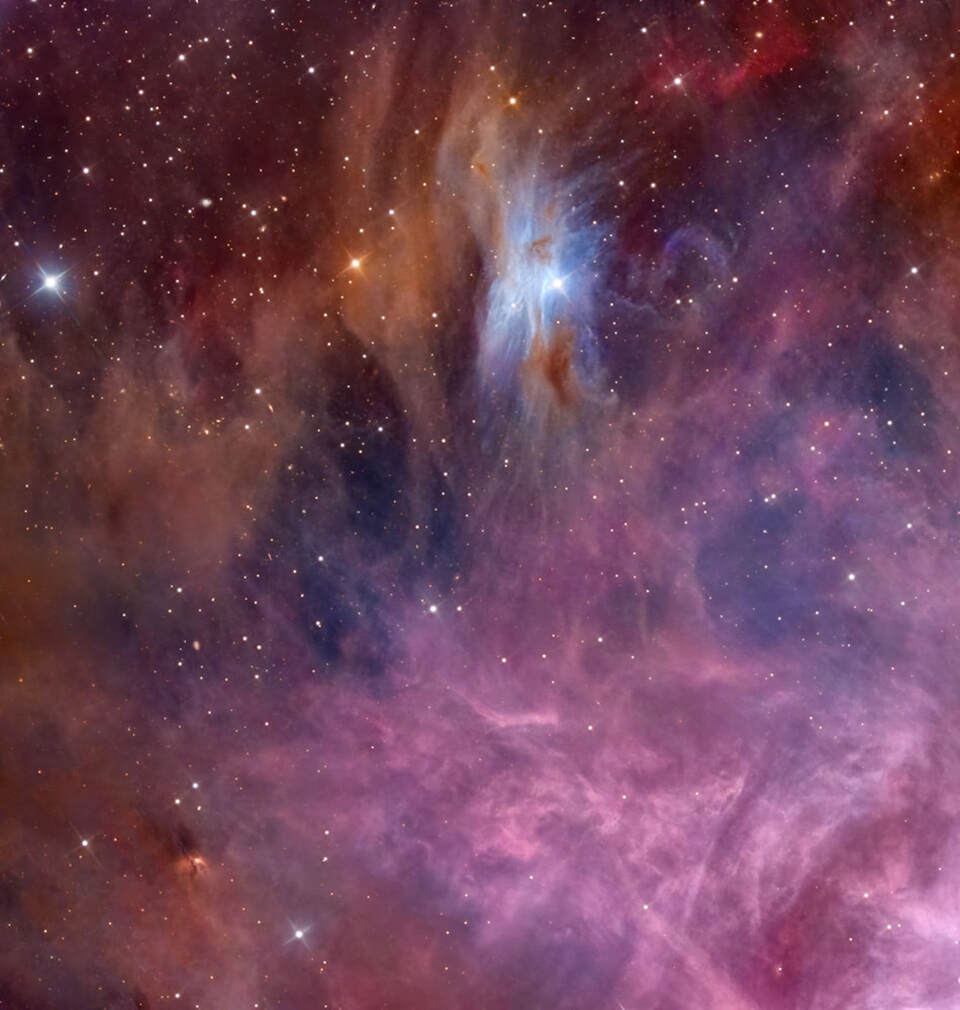
Robert Hutcherson (January 27, 1941 – August 15, 2016) was an American jazz vibraphone and marimba player. “Little B’s Poem”, from the 1966 Blue Note album Components, is one of his best-known compositions. Hutcherson influenced younger vibraphonists including Steve Nelson, Joe Locke, and Stefon Harris.
Bobby Hutcherson was born in Los Angeles, California, to Eli, a master mason, and Esther, a hairdresser. Hutcherson was exposed to jazz by his brother Teddy, who listened to Art Blakey records in the family home with his friend Dexter Gordon. His older sister Peggy was a singer in Gerald Wilson‘s orchestra. Hutcherson went on to record on a number of Gerald Wilson’s Pacific Jazz recordings as well as play in his orchestra. Hutcherson’s sister personally introduced Hutcherson to Eric Dolphy (her boyfriend at the time) and Billy Mitchell. Hutcherson was inspired to take up the vibraphone when at about the age of 12 he heard Milt Jackson with Thelonious Monk, Percy Heath, Kenny Clarke and Miles Davis playing “Bemsha Swing” on the Miles Davis All Stars, Volume 2 album (1954). Still in his teens, Hutcherson began his professional career in the late 1950s working with tenor saxophonist Curtis Amy and trumpeter Carmell Jones, as well as with Dolphy and tenor saxophonist Charles Lloyd at Pandora’s Box on the Sunset Strip.
more...Elmore James (Brooks; January 27, 1918 – May 24, 1963) was an American blues guitarist, singer, songwriter, and bandleader. Noted for his use of loud amplification and his stirring voice, James was inducted into the Rock and Roll Hall of Fame in 1992. His slide guitar technique earned him the nickname “King of the Slide Guitar”.
Elmore James was born Elmore Brooks in Richland, Holmes County, Mississippi, the son of 15-year-old Leola Brooks, a field hand. His father was probably Joe Willie “Frost” James, who moved in with Leola, and Elmore took his surname. He began making music at the age of 12, using a simple one-string instrument (diddley bow, or jitterbug) strung on a shack wall. As a teen he performed at dances under the names Cleanhead and Joe Willie James.
more...Oran Thaddeus “Hot Lips” Page[1] (January 27, 1908 – November 5, 1954) was an American jazztrumpeter, singer, and bandleader. He was known as a scorching soloist and powerful vocalist.
Page was a member of Walter Page‘s Blue Devils, Artie Shaw‘s Orchestra and Count Basie‘s Orchestra, and he worked with Ma Rainey, Bessie Smith and Ida Cox. He was one of the five musicians booked for the opening night at Birdland with Charlie Parker in 1949.
Oran Thadeus Page was born in Dallas, Texas, United States, to a schoolteacher and musician mother.
more...Wolfgang Amadeus Mozart (27 January 1756 – 5 December 1791) was a prolific and influential composer of the Classical period. Despite his short life, his rapid pace of composition resulted in more than 800 works of virtually every Western classical genre of his time. Many of these compositions are acknowledged as pinnacles of the symphonic, concertante, chamber, operatic, and choral repertoire. Mozart is widely regarded as among the greatest composers in the history of Western music, with his music admired for its “melodic beauty, its formal elegance and its richness of harmony and texture”.
Born in Salzburg, then in the Holy Roman Empire and currently in Austria, Mozart showed prodigious ability from his earliest childhood. Already competent on keyboard and violin, he composed from the age of five and performed before European royalty. His father took him on a grand tour of Europe and then three trips to Italy. At 17, he was a musician at the Salzburg court but grew restless and travelled in search of a better position.
While visiting Vienna in 1781, Mozart was dismissed from his Salzburg position. He stayed in Vienna, where he achieved fame but little financial security. During his final years there, he composed many of his best-known symphonies, concertos, and operas. His Requiem was largely unfinished by the time of his death at the age of 35, the circumstances of which are uncertain and much mythologised.
more...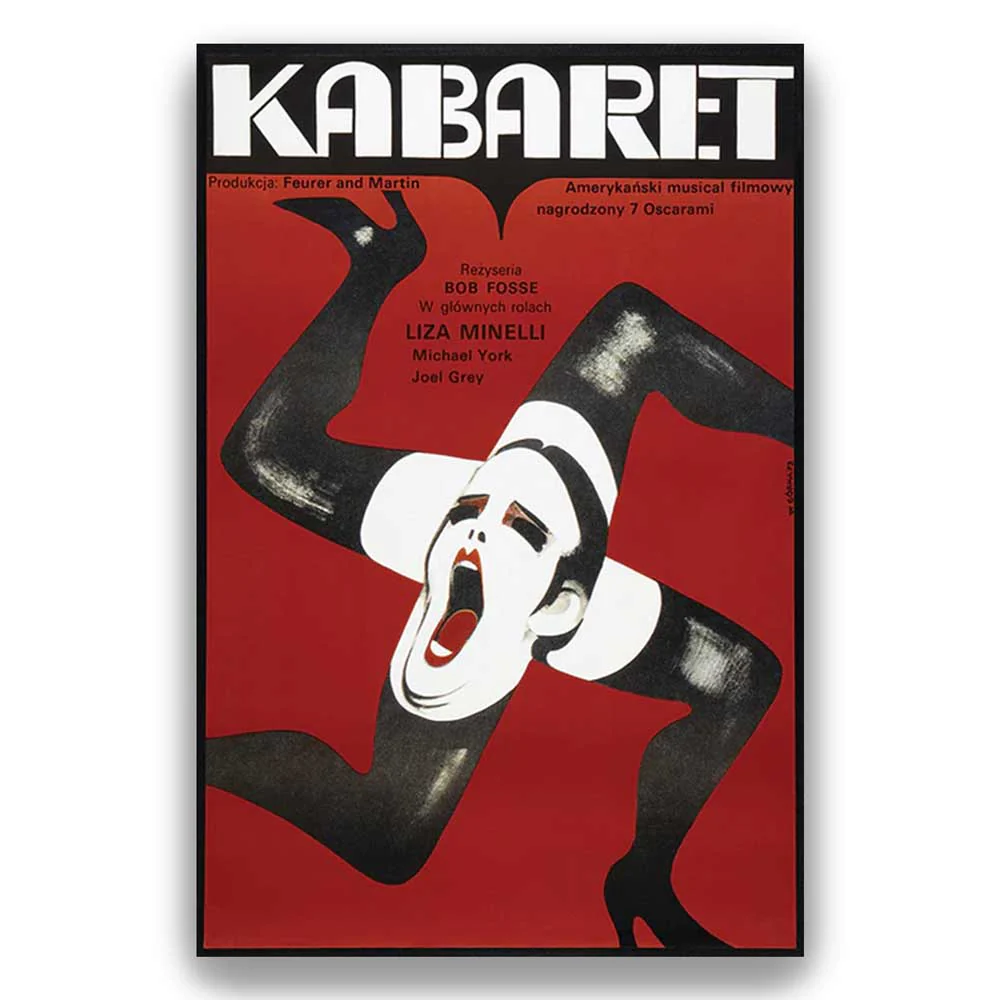
The Horsehead Nebula (also known as Barnard 33 or B33) is a small dark nebula in the constellation Orion. The nebula is located just to the south of Alnitak, the easternmost star of Orion’s Belt, and is part of the much larger Orion molecular cloud complex. The Flame Nebula, designated as NGC 2024 and Sh2-277, is an emission nebula in the constellation Orion. It is about 900 to 1,500 light-years away.
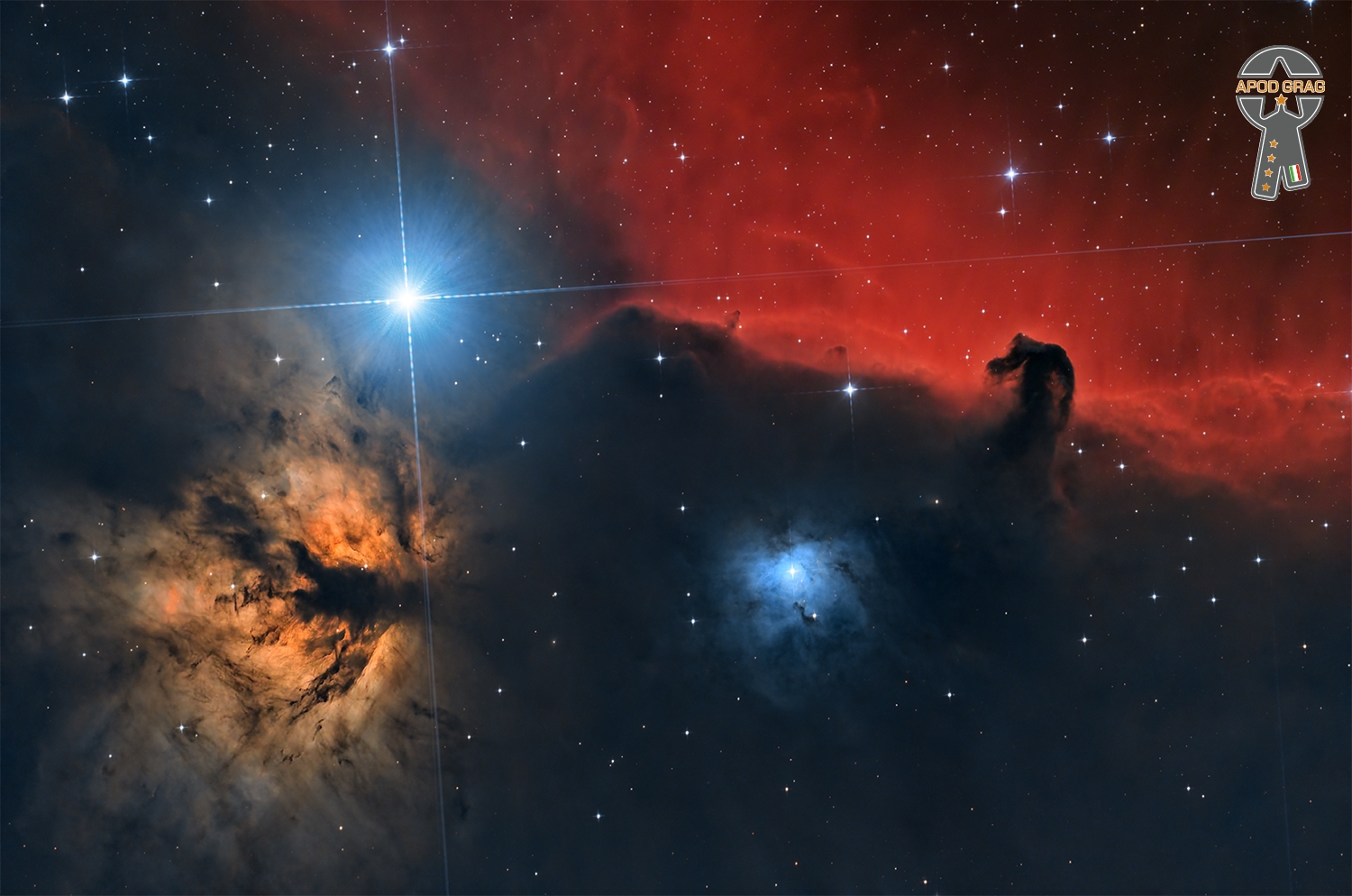
more...
Anita Denise Baker (born January 26, 1958 Toledo, OH) is an American singer-songwriter. She is known for her soulful ballads, particularly from the height of the quiet storm period in the 1980s.
Starting her career in the late 1970s with the funk band Chapter 8, Baker released her first solo album, The Songstress, in 1983. In 1986, she rose to fame following the release of her Platinum-selling second album, Rapture, which included the Grammy-winning single “Sweet Love“. As of 2017, Baker has won eight Grammy Awards and has four Platinum albums, along with two Gold albums. Baker is a contralto with a wide range of octaves.
more...Huey Pierce “Piano” Smith (January 26, 1934 – February 13, 2023) was an American R&B pianist whose sound was influential in the development of rock and roll.
His piano playing incorporated the boogie-woogie styles of Pete Johnson, Meade Lux Lewis, and Albert Ammons, the jazz style of Jelly Roll Morton and the R&B style of Fats Domino. Steve Huey of AllMusicnoted that “At the peak of his game, Smith epitomized New Orleans R&B at its most infectious and rollicking, as showcased on his classic signature tune, “Rockin’ Pneumonia and the Boogie Woogie Flu“.
Smith was born in the Central City neighborhood of New Orleans. He was influenced by the innovative work of Professor Longhair. He became known for his shuffling right-handed break on the piano that influenced other Southern players.
Smith wrote his first song “Robertson Street Boogie”, named after the street where he lived, on the piano, when he was eight years old. He performed the tune with a friend Percy Anderson, with the two billing themselves as Slick and Doc. Smith attended Walter L. Cohen High School in New Orleans.
more...More Posts
- Daily Roots with Prince Buster
- The Cosmos with R Aquarii
- Tomasz Stanko Day
- Clyde Bernhardt Day
- World Music with Diali Cissokho & Kaira Ba
- Daily Roots with Linval Thompson
- The Cosmos with NGC 3576
- Bela Fleck Day
- Lee Morgan Day
- Blind Boy Fuller Day
- World Music with Omar Bashir
- Daily Roots with Owen Gray
- The Cosmos with NGC 6300
- Mitch Mitchell Day
- Colin Bailey Day
- World Music with Combo Ginebra
- Daily Roots with Freddie McGregor
- The Cosmos with IRAS 23166+1655
- Jaimoe Day
- Louis Jordan Day
